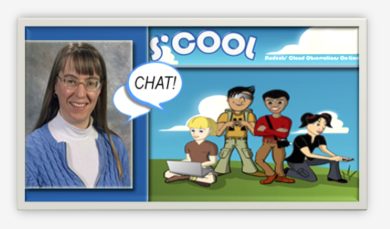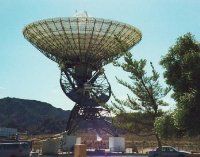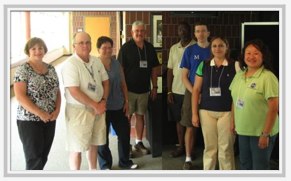NASA Explorer Schools educators, as well as other formal and information educators, are invited to apply to the Earth Ambassador Program, part of NASA Climate Days. The program will hold a two-day training workshop at NASA’s Goddard Space Flight Center, in Greenbelt, Md., Oct. 13-14, 2011, with extended training on Oct. 15, for those not attending the Association of Science – Technology Centers Conference.
During the workshop, participants will interact with Earth scientists who are looking at the effect of climate change with respect to their research areas, learn effective ways of communicating global climate change with the public and become familiar with the online resources available to host their own events at their local institutions.
Transportation, lodging and meal per diem will be covered.
Applications are due Aug. 17, 2011.
If you have any questions about this opportunity, e-mail Heather Weir.


 Detectors on the Herschel Space Observatory’s large telescope have provided the first confirmation of oxygen molecules in space. The molecules were detected within the Orion Nebula.
Detectors on the Herschel Space Observatory’s large telescope have provided the first confirmation of oxygen molecules in space. The molecules were detected within the Orion Nebula.
 After attending the NASA Explorer Schools Goldstone Apple Valley Radio Telescope Summer Experience, educators Kaci Hines, Cheryl May, Nancy Guillory and Donna Rand created a lesson that allows their students to control the GAVRT telescope from their classroom. Their lesson challenges students to determine the temperature of Jupiter by using the telescope. Three major tasks are involved in manipulating the telescope and acquiring accurate data: calibrating, scanning and recording data. Their lesson divides students into three separate groups to let each group learn the different tasks required to operate the telescope.
After attending the NASA Explorer Schools Goldstone Apple Valley Radio Telescope Summer Experience, educators Kaci Hines, Cheryl May, Nancy Guillory and Donna Rand created a lesson that allows their students to control the GAVRT telescope from their classroom. Their lesson challenges students to determine the temperature of Jupiter by using the telescope. Three major tasks are involved in manipulating the telescope and acquiring accurate data: calibrating, scanning and recording data. Their lesson divides students into three separate groups to let each group learn the different tasks required to operate the telescope. How can robots help humans live and work in space? NASA is studying that right now!
How can robots help humans live and work in space? NASA is studying that right now! During the week of July 18, 2011, eight NASA Explorer Schools educators from across the country attended the Solar System Inside and Out research experience at the Space Telescope Science Institute in Baltimore, Md.
During the week of July 18, 2011, eight NASA Explorer Schools educators from across the country attended the Solar System Inside and Out research experience at the Space Telescope Science Institute in Baltimore, Md. Ten NASA Explorer Schools educators participated in the project’s Water Filtration Research Summer Opportunity at NASA’s Marshall Space Flight Center in Huntsville, Ala. The workshop took place from July 20-22, 2011.
Ten NASA Explorer Schools educators participated in the project’s Water Filtration Research Summer Opportunity at NASA’s Marshall Space Flight Center in Huntsville, Ala. The workshop took place from July 20-22, 2011.